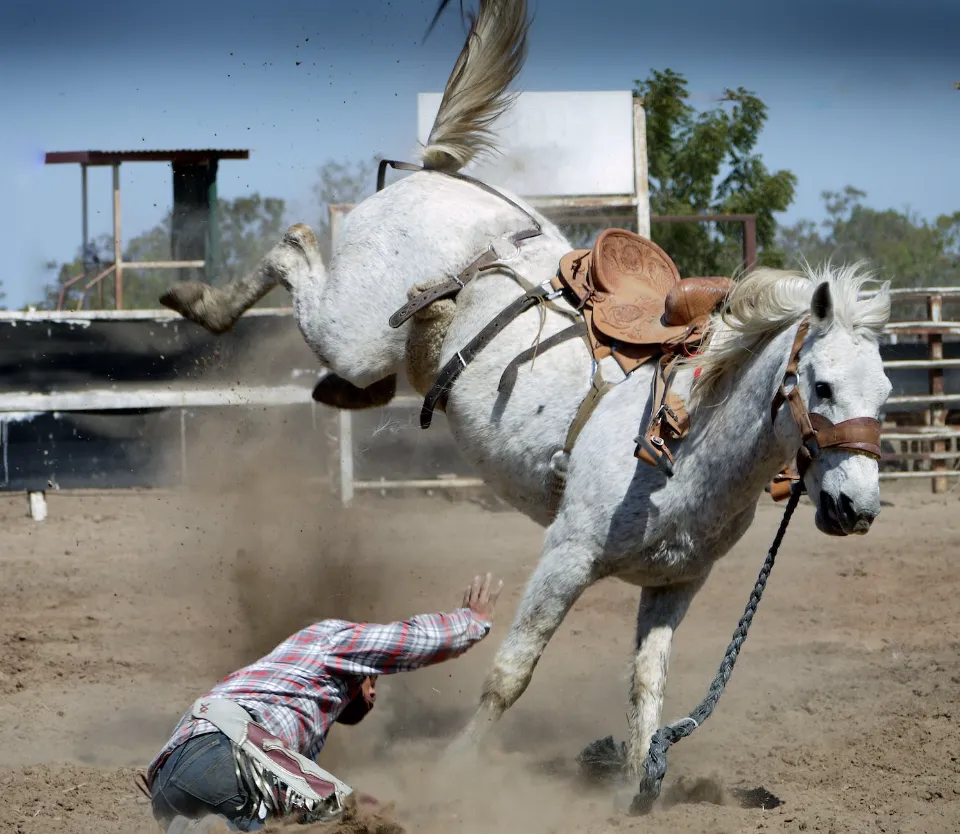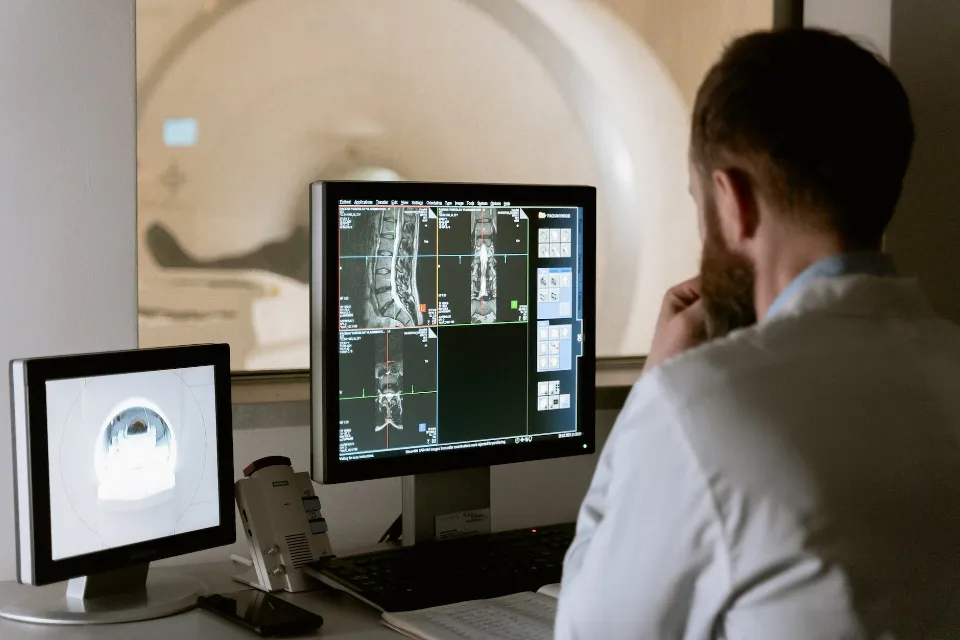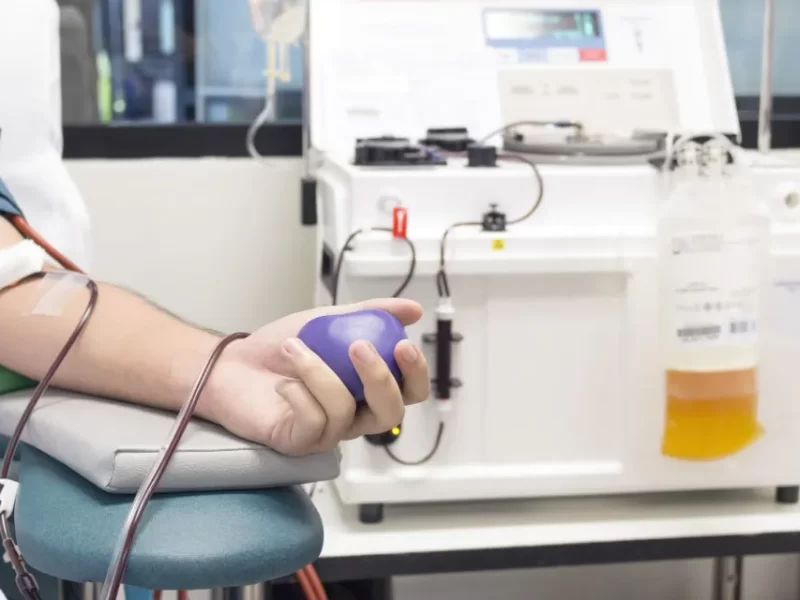A broken hip is among the most severe fall-related injuries. broken hips are difficult to recover from and many people are unable to live independently afterward. As the U.S. population ages, the number of broken hips is likely to rise.
Hospitalizations for broken hips affect more than 300,000 seniors (65 and older) each year. More than 95% of broken hips are caused by falls,2 usually from falls on the side.
The majority of broken hips occur in women. Women are more likely than men to fall. Osteoporosis, a condition that weakens bones and increases the risk of fracture, is more common in women. As you age, your risk of breaking your hip rises.
As you can see, elderly patients who sustain broken hips frequently die. What makes this illness so deadly, then? And what can be done to stop it?
3 Main Causes for Fatal Broken Hips
Complications following the fracture, such as pulmonary embolism, infections, and heart failure, may be related to an increased mortality rate after a broken hip. Excess mortality may also be caused by elements linked to the risk of falling and suffering osteoporotic fractures. The individual traits of the person who breaks their hip may contribute to excess mortality after fracture; for example,, low-bone density is associated with increased non-trauma mortality, even without fractures. Even though there have been many studies on mortality, additional research on mortality and cause of death is necessary to pinpoint the danger signs of traumatic death and foresee complications.
Pulmonary Embolism
A pulmonary embolism is a blood vessel blockage in your lungs. If it is not dealt with right away, it might be fatal.
Non-urgent advice: See a GP if:
- You feel pain in your chest or upper back
- You have difficulty breathing
- You’re coughing up blood
These could indicate pulmonary embolism. You might also experience calf pain, redness, and swelling in one of your legs. These are the signs of deep vein thrombosis (DVT), another name for a blood clot.

Infections
Patients with broken hips who have deep infections suffer serious consequences, including five times higher mortality. Survivors frequently need to be discharged to residential care and experience prolonged hospital stays. For SSI, knowing the infection rate is crucial to both research and disease management.
Heart Failure
Elderly patients with broken hips frequently experience serious postoperative heart failure. A number of factors contribute to the development of postoperative heart failure in elderly patients with broken hips, including age >70 years, hypertension, anemia, hypoalbuminemia, and surgery times >120 minutes. In order to decrease the likelihood of postoperative heart failure, clinical practice calls for early monitoring and treatment of hypertension, anemia, and hypoalbuminemia before surgery as well as a reduction in the length of the procedure. Correct prediction and evaluation assist patients in navigating the challenges of surgery with ease, reduce surgical risk, and enable patients to experience the greatest degree of recovery.
What Can You Do to Prevent Broken Hips: 5 Approaches
What’s worse is that one in four adults who fracture their hips pass away within a year. “Older adults can have life-threatening complications during or after surgery to treat a hip fracture, such as blood clots, infections and heart failure,” says doctor Deborah Sellmeyer, medical director of the Metabolic Bone Center at Johns Hopkins. “Doing everything in your power to prevent fractures, especially hip fractures, is crucial.”
It’s a good thing that experts are constantly learning more about what you can do to prevent problems.
Communicate With Your Doctor
- Ask your doctor or healthcare provider to evaluate your risk for falling and talk with them about specific things you can do.
- Ask your doctor or pharmacist to review your medicines to see if any might make you dizzy or sleepy. Both over-the-counter and prescription medications should be covered by this.
- Ask your doctor or healthcare provider about taking vitamin D supplements.
Remodel Your Home
- Remove anything that could cause you to trip.
- Install grab bars next to the toilet, inside the tub or shower, and outside.
- On both sides of the stairs, install railings.
- By adding more or brighter light bulbs, make sure your home is well-lit.
Eat for a Healthy Frame
Aim for 1,000 mg of calcium per day for people under 50 and over 70, and 1,200 mg for people over 50 and over 70. “You also need vitamin D to help absorb calcium. The current recommendations are 600 IU per day up to age 70 and 800 IU after age 70,” Sellmeyer notes. “There is no doubt that this combination lowers the risk of fracture.”
Get plenty of potassium-rich fruits and vegetables daily; a 2013 study by Sellmeyer and colleagues discovered that this mineral had a favorable impact on calcium metabolism. But don’t stop there. Don’t forget to consume enough protein, which appears to help by preserving muscle mass (important for strength) and bone formation.
Screen—and Maintain—bone Strength.
Hip fracture risk is doubled or even tripled when bone density is low. This raises serious concerns because, among women and men aged 50 and older, 56 percent and 18 percent, respectively, have decreased bone mineral density, including the 2 percent and 16 percent of women and men whose bone density is so low as to be considered osteoporosis. Another 40 percent of women and 16 percent of men have osteopenia, a milder degree of low bone density.

All women over the age of 65 should have a bone density test performed, as well as any younger women who are at an elevated risk of fracture. Talk to your doctor about the need for bone density testing and your personal fracture risk. In one Johns Hopkins study, screening for issues with bone density scans led to a 36 percent lower fracture risk. According to Sellmeyer, getting tested for osteoporosis enables you and your doctor to decide on the best course of action for maintaining strong bones and preventing fractures.
If they are over 70 or at risk for bone thinning due to conditions like long-term use of corticosteroids like prednisone, men may want to talk to their doctor about osteoporosis screening.
Check Your Eyes and Your Medicines.
If you feel drowsy, dizzy, weak or off-balance when walking, ask your doctor for a medication check. These side effects that can lead to falls can be brought on by some prescription medications. “And stay up-to-date with vision checks and eyeglass prescriptions,” Sellmeyer says. “You can prevent a fall by maintaining clear vision.”
Conclusion
Death after a hip fracture can result from a variety of factors, including infection and heart rhythm issues. Therefore, reducing the number of falls is the easiest way to lower the risk of hip fracture. You should give some of the aforementioned methods some thought.
FAQS
Do Hip Protectors Prevent Hip Fractures?
Hip protectors were worn in 60% of falls, and the risk of hip fracture was reduced by nearly 3-fold by wearing a hip protector at the time of falling.
What Are the Four Risk Factors for Broken Hips?
The risk of broken hips can be increased if you have:
- Osteoporosis weakens bones and increases the likelihood that they will break.
- Thyroid issues: weakened bones can result from an overactive thyroid.
- Intestinal disorders.
- imbalance issues.



